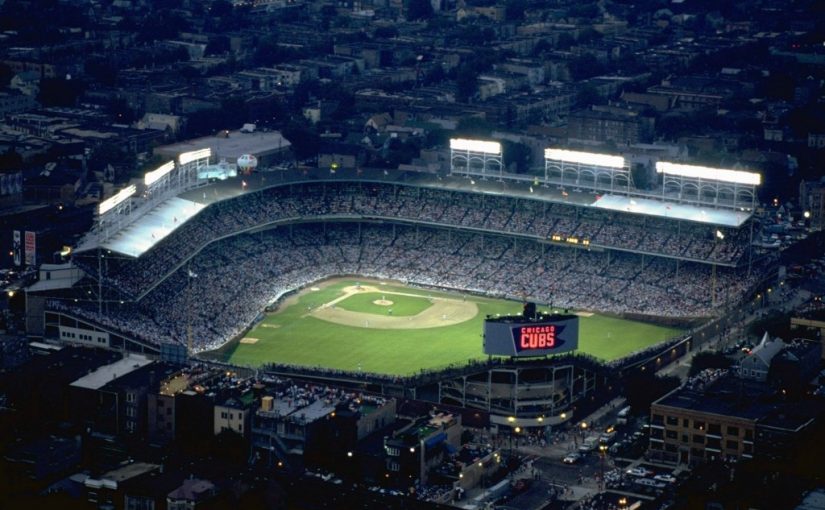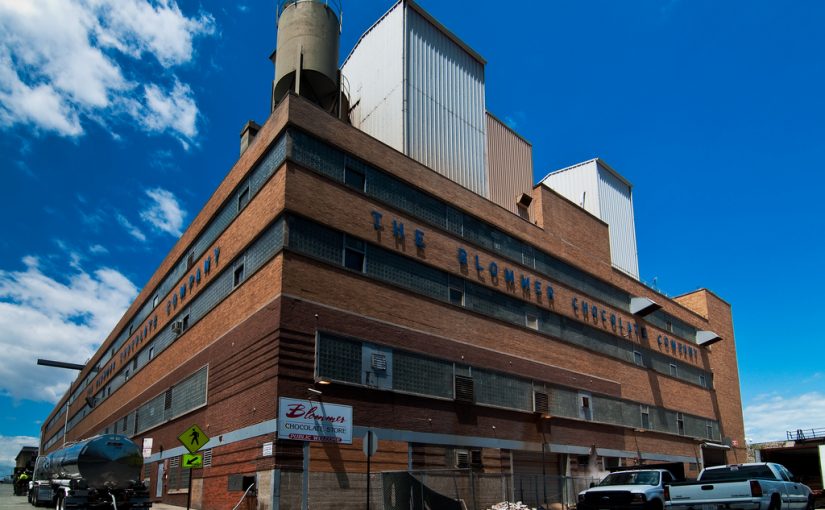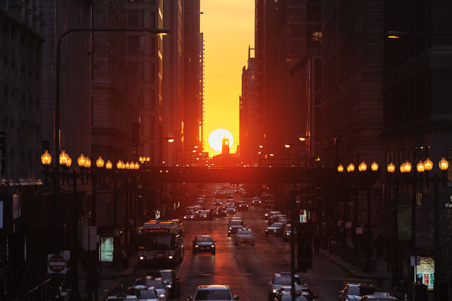First Night Game at Wrigley
The first-ever night game at Wrigley Field was scheduled for 8-8-88 (August 8, 1988, at 6:05 PM) against the Phillies. Prior to July 1988, when installation of the lights was completed, Wrigley Field had for years been the only Major League ballpark that lacked the lighting necessary for night games.




